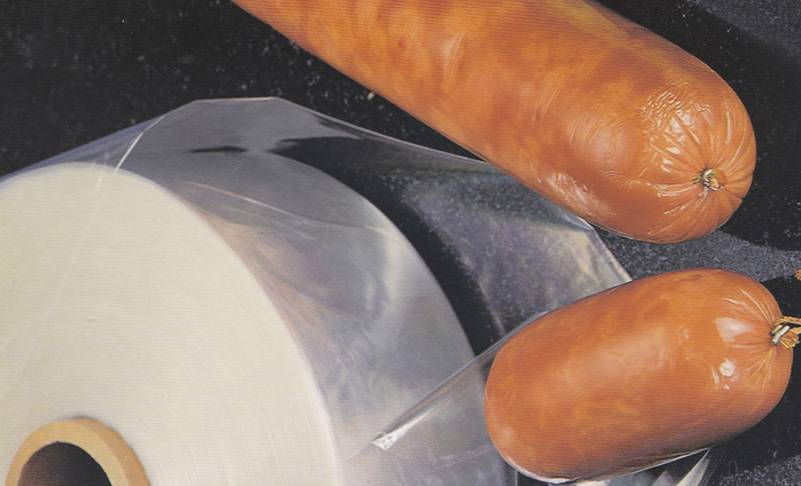Sausage casings have been used for many years in the production of sausages and processed meat products. Sausage casings are known as the oldest form of sausage packaging material. The casings determine the final size and shape of the sausage product. Sausage casings are used as processing molds, as containers during handling and transportation, and as sales units for display. Here's what Sausage Casings Suppliers have to share with you about sausage casings knowledge

Sausage Casings
In years past, sausage production was limited by the amount of animal intestines available. With the development of collagen, cellulose and cellulose casings, the production of sausages is limited only by the availability of raw materials. Sausage Casings have evolved from old world innovations and are used in today's high paced production of processed meat products.
Natural casings are derived from the gastric digestive tract of animals. Natural casings are made from the submucosa, which is primarily the collagen layer of the intestine. The fat and inner mucosa are removed. Natural casings have the advantages of traditional appearance, traditional texture and culinary properties expected of sausages. Some disadvantages are reduced machinability, reduced uniform weight or length, and cost. Natural casings are produced from the intestines of cattle, pigs and sheep.
The production of casings begins with the removal of mucus and any undesirable components such as fat, threads and animal fluiSausage casingsds. This removal is facilitated by a series of hot and cold water soaks. The completely cleaned casings are then placed in a saturated salt environment to prepare the casings for further processing. The casings are then sorted into different grades and diameters.
All casings are carefully measured by machine or by hand. The measurement of the casings is important and must be accurate, as the unit of measurement becomes the standard for determining the price. Pork casings and sheep casings are prepared in 91 meter long ropes or bundles. Beef casings are sold in bundles of meters or by the piece.
The quality of natural casings is determined by several labor-intensive procedures. A quality "A" casings are defined as casings without holes or weak spots. Enteric coats of quality "B" have acceptable strength and quality for coarse ground sausages. Another quality characteristic used to classify casings is color. Some casings are white or almost clear/clear, while others may be darker and opaque.
Enteric coats can be transported in a variety of forms. Three common forms of shipping are: dry salt packaging, slurry or pre-rinse packaging, and pre-tubed packaging. Dry salt packaging. Excess water is removed from the casings and packaged in a semi-dry state. This type of packaging is usually suitable for long distance travel and/or long term storage at ambient temperatures. Slurry or pre-rinse packaging. The casings are packed in water/salt moisture. The casings are very soft and flexible and do not require rinsing prior to stuffing the sausage. Pre-packaged in tubes. Each strand of natural casings is pleated on the tube to allow one-step loading of the casings directly onto the stuffing corners. The casings should be stored in a controlled, cool environment. a neutral temperature of 4 to 10 degrees C is ideal.
The Food Safety and Inspection Service published a final rule on sausage casings labeling in the Federal Register on August 6, 2001. A notice was subsequently published on February 22, 2002, clarifying the final rule by publishing a list of frequently asked questions and answers regarding the new regulations on the use of natural or recycled collagen sausage casings. The notice stated that if the collagen in a sausage product is derived from another species in the product, or if the source of the collagen is unknown, a collagen casing is required on the label. This final rule also applies to sausage-like products, coextrusion techniques, and natural casings. If the type of enteric coating is placed on the ingredient list, it does not have to dominate in the proper order. The type of enteric coating can be placed at the end of the ingredient list. For example, the statement could be "packed in a sheep casing," "wrapped in a collagen casing," "cased in a pig casing," or "formed in a collagen casing. The overall rationale behind the new labeling protocol is to inform consumers of the species content in sausage products.
Although casings have been used in the production of processed meat products for many years, each casings has different characteristics that need to be understood prior to production. The company also offers a Clipping Machine, so please feel free to contact us if you need one!